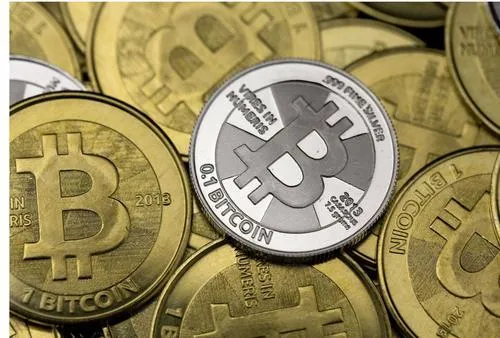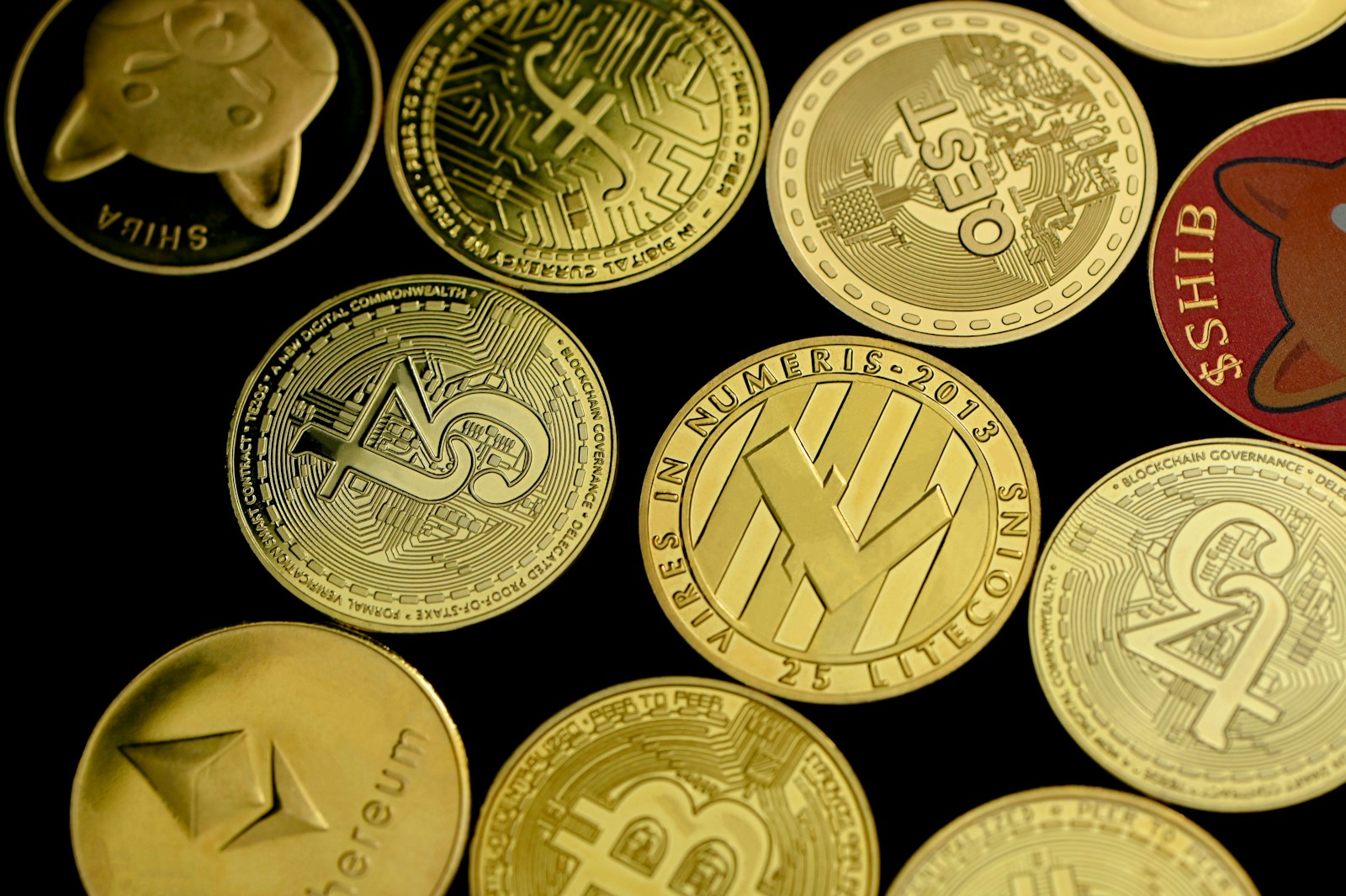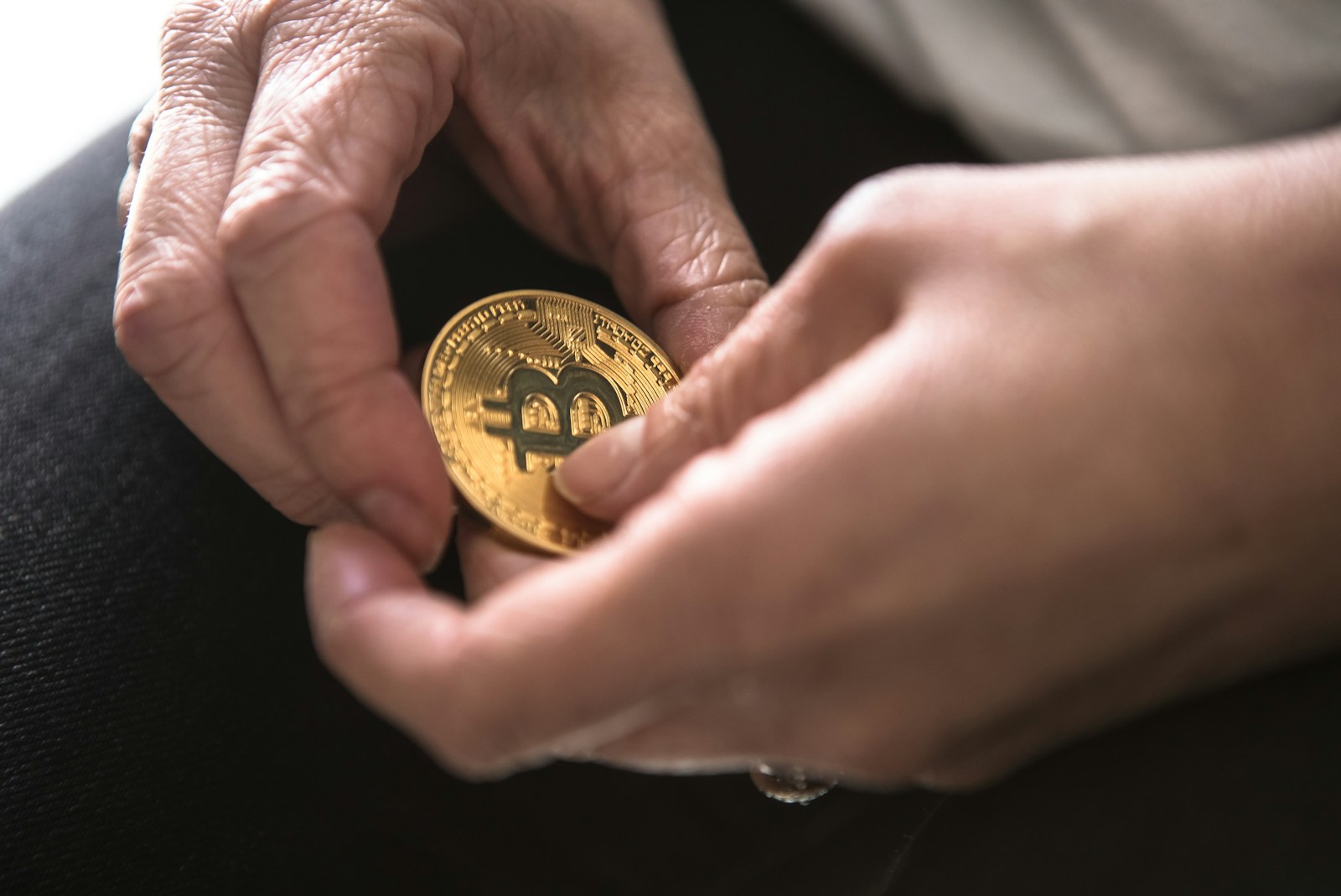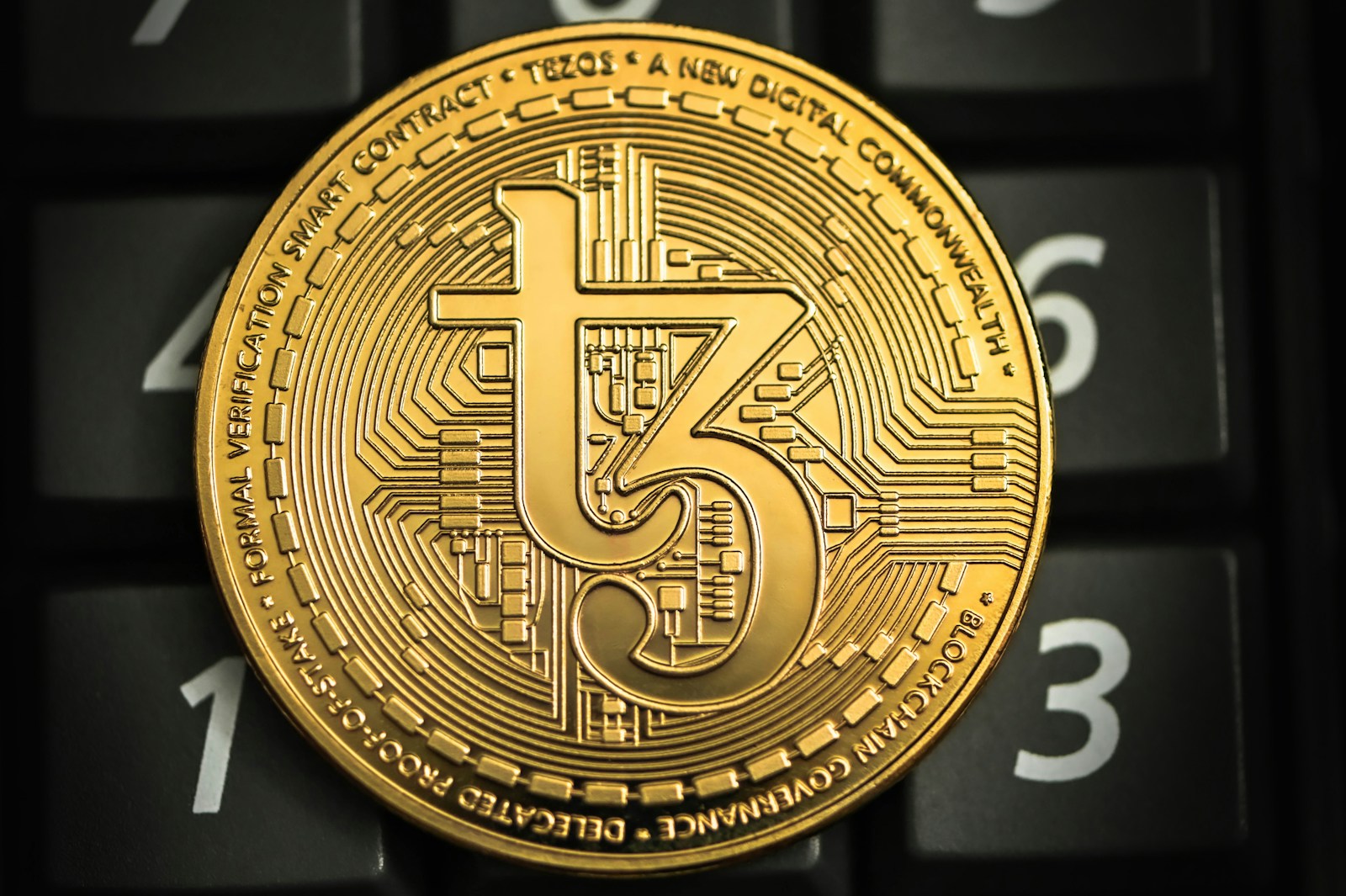
In Hong Kong, an international financial center, USDT (Tether) is increasingly playing an important role as a stable currency in various areas. With its value pegged to the U.S. dollar, USDT provides a stable and efficient digital asset suitable for use in a variety of fintech applications, particularly in cross-border payments and decentralized finance (DeFi).
Demand for USDT is growing in Hong Kong, thanks to its stable value and high liquidity. With more and more financial institutions and merchants accepting USDT, this stable currency is changing the way payments and settlements are made in Hong Kong, and is showing promise for a wide range of applications in areas such as smart contracts, lending and collateral, and asset management. In addition, the Hong Kong government's regulatory policies are gradually improving, providing a favorable regulatory environment for the popularity of USDT.
USDT Overview and Basic Features
USDT, known as Tether, is a stablecoin pegged to the fiat currency, the United States Dollar (USD). Its main purpose is to provide stability in the digital currency market by maintaining a 1:1 ratio of value to the U.S. dollar.USDT is issued and managed by Tether Limited, and claims that for every USDT issued, the company has a corresponding reserve of U.S. dollars in its bank account, thus ensuring its value stability.
Basic Features of USDT
The basic features of USDT include the following:
1. Value Stabilization
The best feature of USDT is its value stability. Because it is pegged to the U.S. dollar, USDT is immune to the price volatility of other cryptocurrencies, which is very attractive to traders and investors who need stable value.
2. Medium of exchange
USDT is widely used as a trading medium, especially on cryptocurrency exchanges. Due to its stable value, traders can trade between different cryptocurrencies without having to worry about the risks associated with fluctuations in value.
3. Cross-border payments
USDT is also used for cross-border payments, especially in areas where there is a distrust of the traditional banking system or a lack of access to banking services. the use of USDT can significantly reduce the time and cost of cross-border payments.
4. Decentralized finance (DeFi) applications
USDT is also widely used in the decentralized finance (DeFi) space. Many DeFi platforms accept USDT as collateral and offer a variety of financial services such as lending and revenue farming.
Technical Framework of USDT
USDT was originally issued based on the Omni protocol on the Bitcoin blockchain, but over time it has expanded to other blockchain platforms such as Ether (ERC-20), Tron (TRC-20), and Solana. this has made the use of USDT even more flexible and widespread.
USDT Issuance on Different Blockchains (as of 2023)
| Blockchain Platform | Issue volume (billions of pieces) |
|---|---|
| Bitcoin (Omni) | 15 |
| Ether (ERC-20) | 40 |
| Tron (TRC-20) | 30 |
| Solana | 10 |
This diversity allows USDT to circulate in different blockchain ecosystems to meet the needs of different users.

Demand and Acceptance of USDT in the Hong Kong Market
Market Demand Drivers
In Hong Kong, there is a strong demand for USDT The demand for cross-border transactions is driven by several key factors. First, as an international financial center, Hong Kong has a high demand for cross-border transactions.USDT As a stable currency, it provides a stable store of value and reduces the risks associated with exchange rate fluctuations. Secondly, with the rapid development of the cryptocurrency market, more and more investors and merchants are beginning to accept and use cryptocurrency for trading and investment.
Increase in acceptance
The Hong Kong market has a strong interest in USDT acceptance has increased significantly over the past few years. Many local fintech companies and trading platforms have begun to support the USDT transactions and payments. Some major retailers and online stores have also begun accepting USDT As a means of payment, this has further contributed to its popularity. In addition, investors in Hong Kong are interested in USDT The enthusiasm for investment is also on the rise, mainly due to its stability and liquidity.
Involvement of Financial Institutions
With the increase in market demand, Hong Kong's financial institutions have also begun to participate in the USDT The ecosystem. Banks and payment service providers are beginning to offer the same services as USDT related services such as deposits, withdrawals and transfers. The availability of these services not only enhances USDT liquidity and also increases its trust in the market.
Impact of the Regulatory Environment
The Hong Kong government's regulatory policy on cryptocurrencies has also had a significant impact on the development of cryptocurrencies. USDT This has had an impact on the demand and acceptance of the cryptocurrency market. Despite the relatively stringent regulatory policies, the government is actively exploring ways to effectively regulate and promote the healthy development of the cryptocurrency market. This balanced regulatory strategy is USDT The application in the Hong Kong market provides a relatively stable environment.
USDT in Hong Kong Fintech
In Hong Kong, a global financial center.USDT(Tether, a stablecoin, is increasingly playing an important role in the FinTech space. With its value pegged to the U.S. dollar, USDT provides a stable and efficient digital asset that is suitable for use in a variety of fintech applications.
Payment and Settlement
USDT has become the preferred choice for many fintech companies in the payment and settlement space. Its fast transaction speeds and low transaction fees make it an ideal tool for cross-border payments and real-time settlement. Here's an example:
| payment method | Transaction speed | Handling Fee |
|---|---|---|
| USDT | Within minutes | Low |
| Traditional Bank Transfer | 1-3 working days | high |
Borrowing and Mortgages
USDT has also shown its strength in lending and collateralization. Many fintech platforms allow users to borrow using USDT as collateral, which not only improves liquidity, but also reduces borrowing risk. For example, some platforms offer the following annualized yields:
| platform | Annualized rate of return |
|---|---|
| Platform A | 6% |
| Platform B | 5.5% |
Smart Contracts and Decentralized Finance (DeFi)
USDT is also increasingly used in smart contracts and decentralized finance (DeFi). Through smart contracts, USDT can automate the execution of trades and agreements, reducing human intervention and errors. Here are some common DeFi applications:
- Decentralized Exchange (DEX)
- Decentralized Lending Platform
- Decentralized Insurance
Digital Asset Management
In digital asset management, USDT provides a stable store of value suitable for asset allocation and risk management. Many asset managers and investors choose USDT as a hedge to minimize the impact of market volatility.

How Hong Kong Merchants Accept USDT Payments
Preparation of technical infrastructure
In order to accept USDT For payments, Hong Kong merchants will first need to put in place the appropriate technological infrastructure. This includes equipping payment terminals or software that supports cryptocurrency transactions. Many payment service providers, such as BitPay and CoinGate, offer specialized tools and APIs that allow merchants to easily integrate USDT payment functionality.
Choose the right wallet
Merchants need to choose a secure and easy-to-use digital wallet to receive and manage USDT, and common options include Trust Wallet, MetaMask and Ledger. These wallets not only support USDT, but also have security features such as multiple signatures and cold wallet storage to keep funds safe.
Education and Training
Accepting USDT payments involves a certain amount of technical know-how, so merchants and employees need to be educated and trained on the subject. This includes how to operate a digital wallet, how to generate and scan payment QR codes, and how to handle transaction confirmation and recording. Many payment service providers and blockchain technology companies offer training programs and resources.
Transaction fees and exchange rate management
Merchants need to consider transaction fees and exchange rate fluctuations when accepting USDT payments. Transaction fees for USDT are generally low compared to traditional financial systems, but it is important to be aware of the impact of exchange rate fluctuations on revenue. Merchants may choose to use a stable currency rate lock service to minimize exchange rate risk.
Compliance and Tax Considerations
The Hong Kong government's regulatory policy on cryptocurrencies is relatively lax, but merchants are still required to comply with the relevant laws and regulations, especially in terms of tax reporting and anti-money laundering (AML). Merchants should ensure that their transaction records are transparent and that they file tax returns as required by law. It is also wise to seek the help of professional legal and financial advisors.
Marketing and User Education
In order to attract more consumers to pay with USDT, merchants need to conduct marketing and user education. This can be done by publicizing the advantages of USDT, such as fast transaction speeds and low fees, to attract consumers. Additionally, offering discounts or promotions can also be a good way to increase the popularity of USDT payments.
USDT's Advantage in Hong Kong Cross-Border Payments
Stability and low volatility
USDT (Tether) as aStabilized CurrencyThe value of the currency is pegged to the U.S. dollar, which means that its price is relatively less volatile. This stability makes it ideal for cross-border payments, especially when exposed to the risk of exchange rate fluctuations. Compared to other cryptocurrencies, USDT provides a more reliable store of value and reduces uncertainty in transactions.
Fast trading and low costs
Another major advantage of using USDT for cross-border payments is that itsFast transaction speedboth (... and...)lighter weightThe traditional cross-border remittances usually take a few days to complete and are more expensive to process. Traditional cross-border remittances usually take several days to complete and have high transaction fees. With USDT, transactions can be completed in minutes with relatively low transaction fees, which is especially important for businesses that need to conduct frequent international transactions.
Decentralization and Transparency
USDT is based on blockchain technology, which means that its transactions are decentralized and do not need to go through banks or other intermediaries. This not only increases the transparency of transactions, but also reduces the risk of transactions. In addition, the non-tampering nature of blockchain technology ensures the security and reliability of transaction records, which is a safeguard for compliance and audit needs in cross-border payments.
Convenient Funds Transfer
In Hong Kong, many businesses and individuals make frequent international transfers of funds, and the use of USDT makes these transfers much easier. Whether it's paying suppliers or receiving payments from overseas customers, USDT provides a fast, secure and efficient solution.
Data Support
| Features | Traditional Cross-Border Payments | USDT Cross-Border Payments |
|---|---|---|
| Transaction speed | few days | A few minutes. |
| transaction cost | high | Low |
| Risk of exchange rate fluctuations | high | Low |
| transparency | Low | high |
USDT Investment Strategy for Hong Kong Investors
Diversified Portfolio
When investing in digital assets, Hong Kong investors will typically USDT USDT is a stable currency and has a relatively stable value compared to other more volatile cryptocurrencies. This is because USDT, as a stable currency, has a relatively stable value and is less risky than other more volatile cryptocurrencies. Therefore, investors can diversify their investment portfolio by allocating a certain percentage of USDT.
Arbitrage trading strategies
because USDT Due to the stability of USDT and its widespread use around the world, Hong Kong investors often utilize USDT for arbitrage trading. Arbitrage trading is the practice of taking advantage of price differences between different exchanges in order to make a profit. This strategy requires investors to have a keen eye for market changes and the ability to execute trades quickly.
Mobility Management
For some large investors and organizations, theUSDT It is an important tool for managing liquidity. With its value pegged to the U.S. dollar and high liquidity across multiple exchanges, USDT allows investors to quickly switch and trade through USDT when they need to quickly adjust their asset allocation or respond to market movements.
hedging instrument
During periods of high market volatility, Hong Kong investors will convert part of their funds into USDT Hedging. As the value of USDT is relatively stable, investors can hold USDT to minimize the impact of market fluctuations on the value of their assets, thereby preserving the value of their assets.
Long-term holding strategy
Some Hong Kong investors choose to hold on for the long term USDTThis strategy is for those who are uncertain about the market and want to maintain asset stability. This strategy is suitable for those who are uncertain about market movements and want to maintain asset stability. Due to the stable value of USDT, investors can ensure stable asset growth through long-term holding.
Hong Kong Government's Regulatory Policy on USDT
With the global popularity of cryptocurrencies, the Hong Kong government has a strong interest in USDT The regulatory policy on stable currencies has also become a focus of market attention. As an international financial center, Hong Kong has always been open to financial innovation, but at the same time emphasizes risk management and consumer protection.
regulatory framework
The Hong Kong Monetary Authority (HKMA) and the Securities and Futures Commission (SFC) are the main regulators, with the HKMA supervising activities involving payment and stored value facilities and the SFC supervising securities-related activities. For USDT The two organizations usually determine the applicable regulations based on the specific context in which they will be used.
Payment and stored value facilities
Under the Payment Systems and Stored Value Payment Instruments Ordinance, if the USDT To be used as a payment instrument, the business needs to be licensed by the HKMA. This means that providing USDT Payment service companies must comply with relevant compliance requirements, including capital adequacy, risk management and consumer protection.
Securities Regulations
in the event that USDT If they are used in investment products, the SFC may treat them as securities and require the relevant companies to comply with the requirements of the Securities and Futures Ordinance. This includes suitability assessment, disclosure of information and risk warning to investors.
Anti-Money Laundering (AML) and Countering Financing Terrorism (CFT)
The Hong Kong Government has stringent requirements on anti-money laundering and combating the financing of terrorism. All cases involving USDT All financial activities must comply with the Anti-Money Laundering and Counter-Terrorist Financing (Financial Institutions) Ordinance. This means that businesses need to carry out customer due diligence (CDD) and ongoing monitoring to prevent the movement of illicit funds.
Regulatory Challenges and Future Prospects
Despite the Hong Kong Government's concern about USDT While the framework of regulatory policy has been put in place, it still faces many challenges. For example, how to ensure market stability and security without hindering financial innovation. In addition, as the international trend of cryptocurrency regulation changes, Hong Kong will need to continuously adjust its regulatory strategy in order to maintain its competitiveness.
Overall, the Hong Kong Government is concerned about USDT Our regulatory policy emphasizes risk control while encouraging financial innovation. This balanced regulatory approach has helped Hong Kong maintain its leading position in the global cryptocurrency market.
<lang=”zh-Hant”>
USDT in Hong Kong - Frequently Asked Questions
USDT in Hong Kong - Frequently Asked Questions
What is USDT?
USDT, known as Tether, is a stablecoin pegged to the US dollar. Its main purpose is to provide stability in the digital currency market and avoid price fluctuations of other cryptocurrencies.
What are the main features of USDT?
USDT is primarily used for value stabilization, medium of exchange, cross-border payments, and decentralized finance (DeFi) applications.
What is the market demand for USDT in Hong Kong?
Demand for USDT in Hong Kong comes mainly from cross-border transactions, the development of the cryptocurrency market, and the need for stable value. As the market develops, the acceptance of USDT in Hong Kong is gradually increasing.
How can financial institutions in Hong Kong participate in the USDT ecosystem?
Banks and payment service providers in Hong Kong began offering USDT-related services such as deposits, withdrawals, and transfers, which increased USDT's liquidity and market trust.
What is the Hong Kong government's regulatory policy on USDT?
The Hong Kong government regulates USDT through the Hong Kong Monetary Authority (HKMA) and the Securities and Futures Commission (SFC), emphasizing risk management and consumer protection, as well as compliance with anti-money laundering (AML) and counter-financing of terrorism (CFT) requirements.
How do Hong Kong merchants accept USDT payments?
Merchants will need to set up a technical infrastructure, choose the right digital wallet, receive relevant education and training, and consider transaction fees and exchange rate management. Adherence to compliance and tax requirements is also a must.
USDT What are the fintech applications in Hong Kong?
USDT has a wide range of applications in payments and settlements, lending and collateral, smart contracts and decentralized finance (DeFi), and digital asset management.
What are the advantages of USDT for cross-border payments in Hong Kong?
USDT offers stability and low volatility, fast trading and low costs, decentralization and transparency, and easy fund transfers - features that make it ideal for cross-border payments.
What are Hong Kong investors' investment strategies for USDT?
Investors often use USDT as part of a diversified portfolio, utilizing it for arbitrage trading, liquidity management, hedging, and long-term holding strategies.
Disclaimer: The contents of this article are for informational purposes only and should not be construed as any form of promotion, investment advice, or invitation, solicitation or recommendation of any investment product.
The contents of this article have been reprinted.offensiveIf there is anything wrong, please contact us and we will remove it immediately, thank you.
Readers should make their own assessment and seek professional advice.





